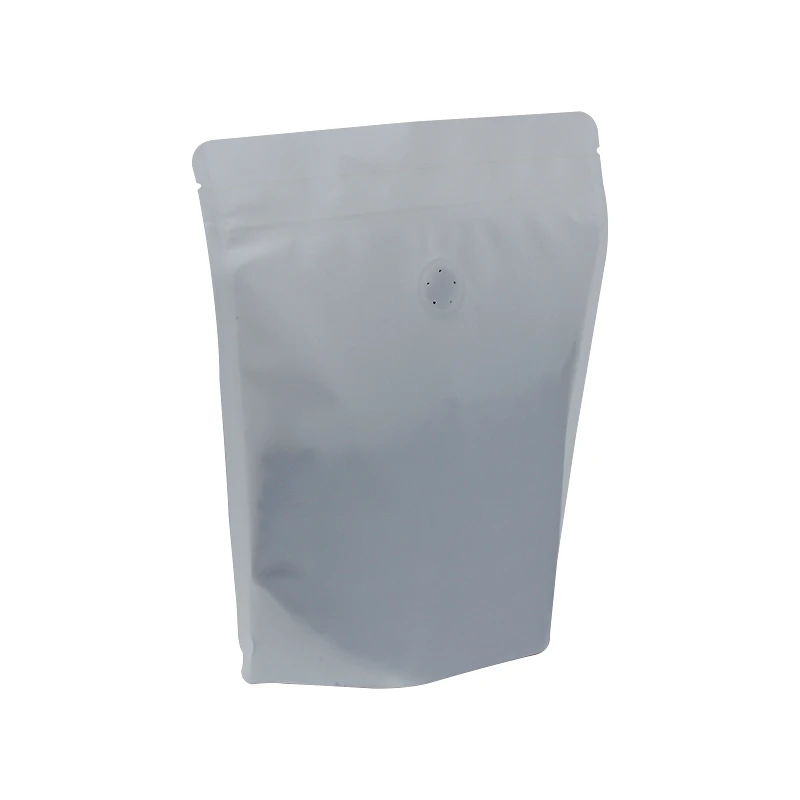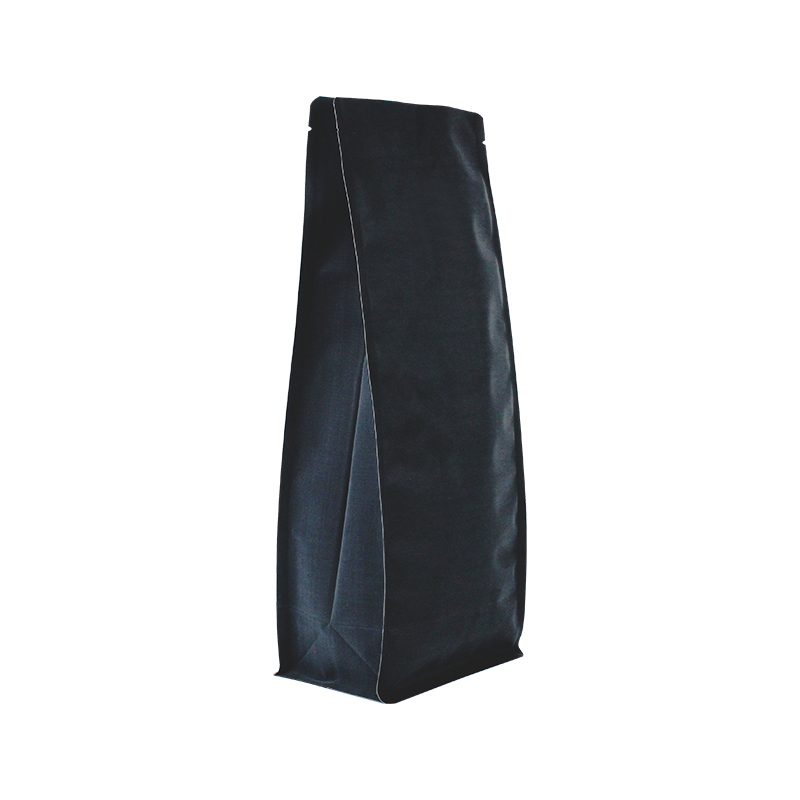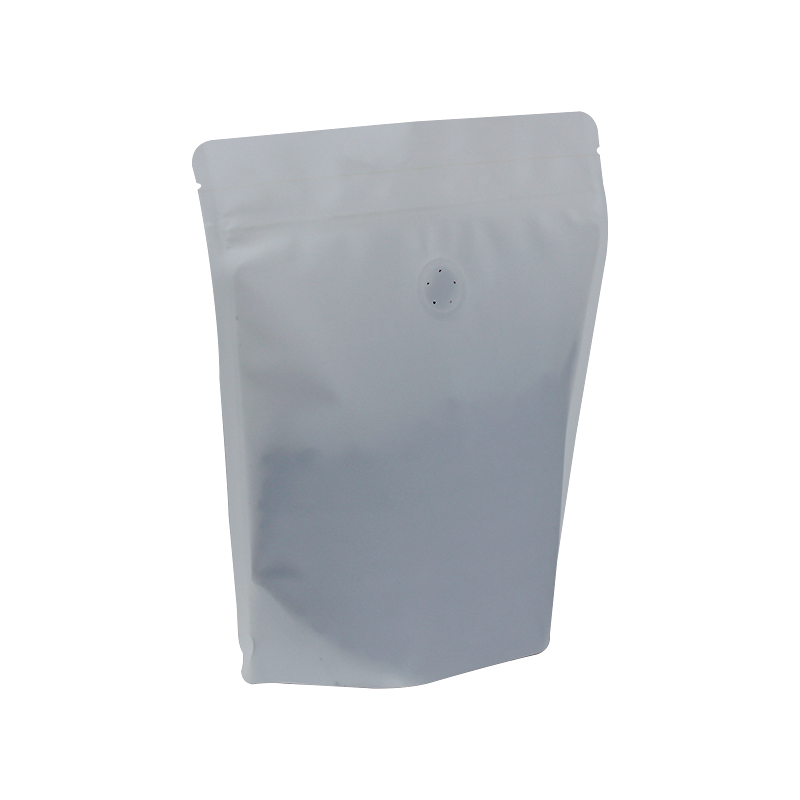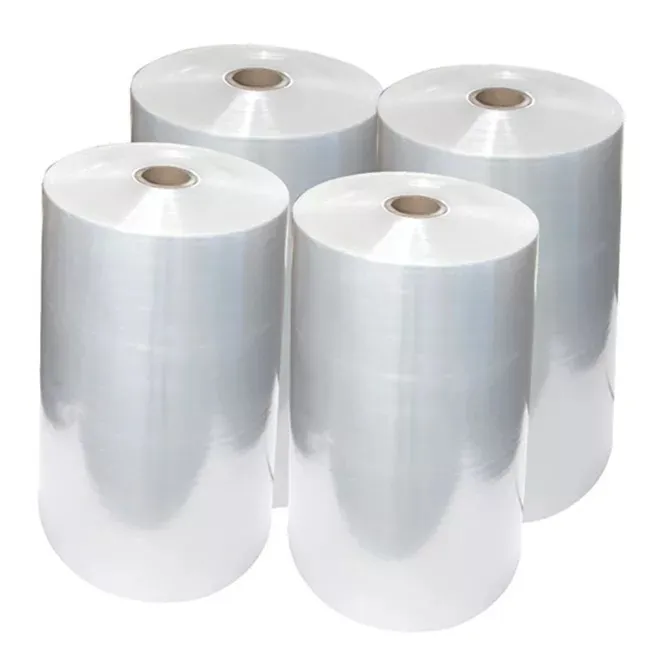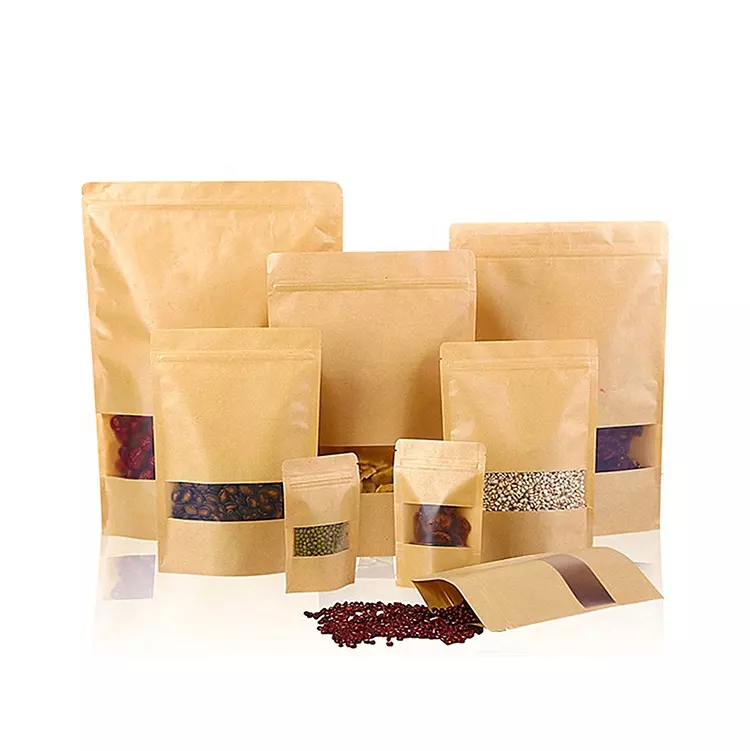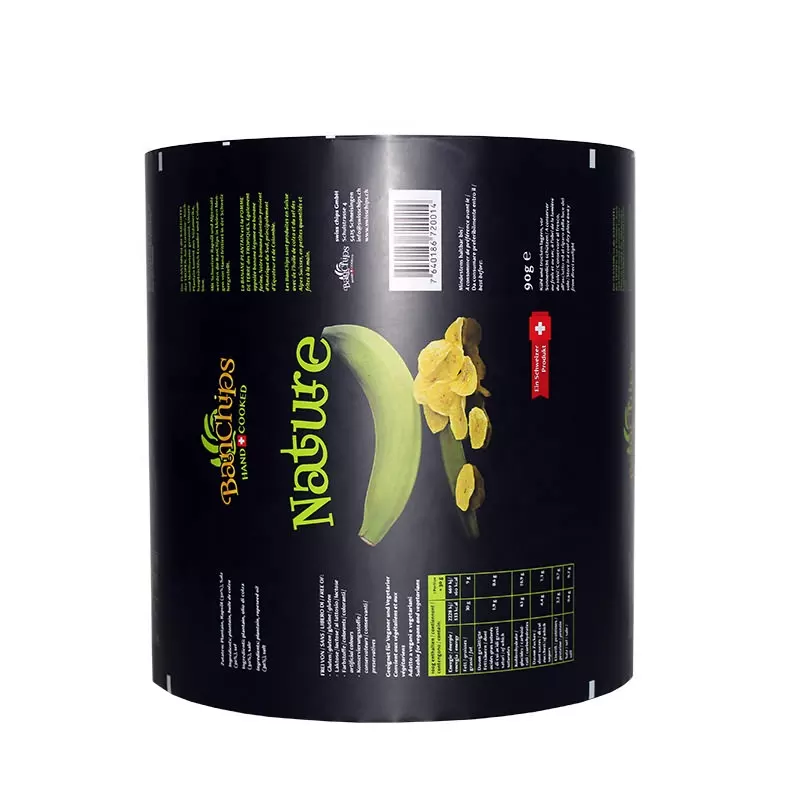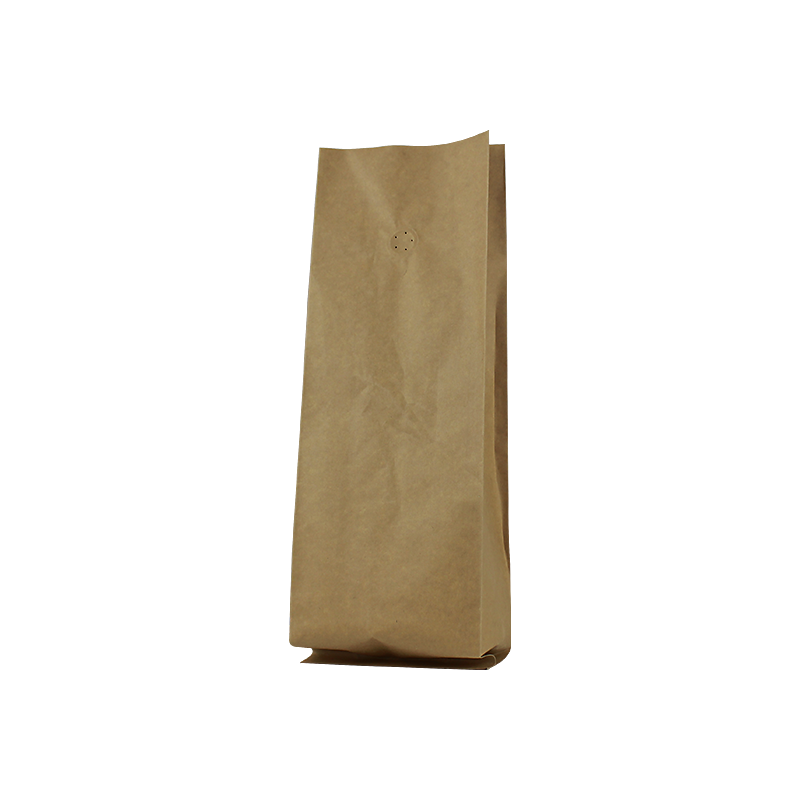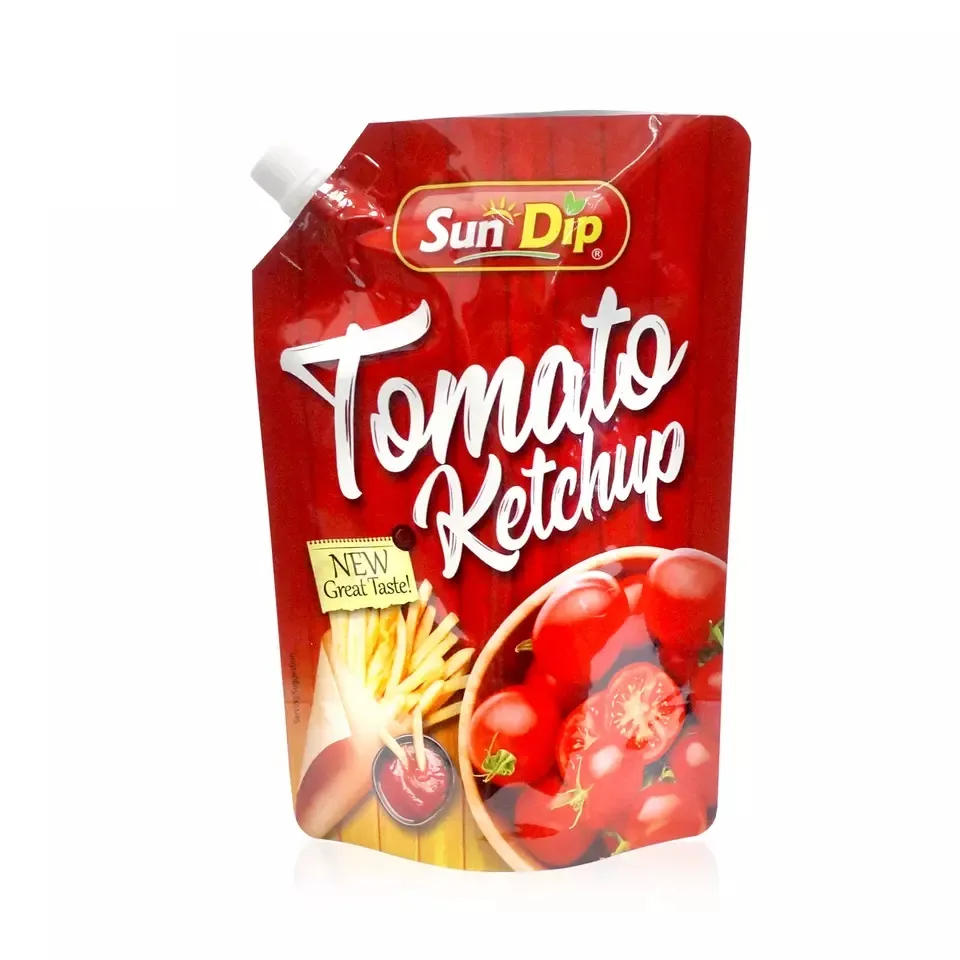- Afrikaans
- Albanian
- Amharic
- Arabic
- Armenian
- Azerbaijani
- Basque
- Belarusian
- Bengali
- Bosnian
- Bulgarian
- Catalan
- Cebuano
- chinese_simplified
- chinese_traditional
- Corsican
- Croatian
- Czech
- Danish
- Dutch
- English
- Esperanto
- Estonian
- Finnish
- French
- Frisian
- Galician
- Georgian
- German
- Greek
- Gujarati
- haitian_creole
- hausa
- hawaiian
- Hebrew
- Hindi
- Miao
- Hungarian
- Icelandic
- igbo
- Indonesian
- irish
- Italian
- Japanese
- Javanese
- Kannada
- kazakh
- Khmer
- Rwandese
- Korean
- Kurdish
- Kyrgyz
- Lao
- Latin
- Latvian
- Lithuanian
- Luxembourgish
- Macedonian
- Malgashi
- Malay
- Malayalam
- Maltese
- Maori
- Marathi
- Mongolian
- Myanmar
- Nepali
- Norwegian
- Norwegian
- Occitan
- Pashto
- Persian
- Polish
- Portuguese
- Punjabi
- Romanian
- Russian
- Samoan
- scottish-gaelic
- Serbian
- Sesotho
- Shona
- Sindhi
- Sinhala
- Slovak
- Slovenian
- Somali
- Spanish
- Sundanese
- Swahili
- Swedish
- Tagalog
- Tajik
- Tamil
- Tatar
- Telugu
- Thai
- Turkish
- Turkmen
- Ukrainian
- Urdu
- Uighur
- Uzbek
- Vietnamese
- Welsh
- Bantu
- Yiddish
- Yoruba
- Zulu
3 Side Seal & Fin Seal Bag
3 Side Seal & Fin Seal Bags: Versatile Packaging Solutions
Our 3 Side Seal and Fin Seal Bags offer versatile, efficient, and cost-effective packaging solutions for a wide range of industries, including food, retail, pharmaceuticals, and more. These bags are designed to meet the highest standards of quality and durability, providing optimal protection for your products while ensuring a sleek, professional presentation.
3 Side Seal Bags
The 3 Side Seal Bag is a popular choice for packaging products that require secure, tamper-evident sealing. As the name suggests, the bag is sealed on three sides, with the open side left for easy filling. Once the product is placed inside, the bag is sealed, creating a strong, airtight, and secure enclosure. These bags are perfect for products that need additional protection from contaminants, moisture, or light, while offering a compact, flat design for storage and transport.
Fin Seal Bags
The Fin Seal Bag uses a continuous seal along one edge, creating a side seam that runs the length of the bag. This design allows for higher speed production and packaging efficiency, making it an excellent choice for high-volume packaging applications. Fin seal bags are commonly used for products that require an easy-to-fill, self-sealing option, such as snacks, powders, and small consumer goods. They offer excellent sealing strength and can be made with various barrier films to ensure product freshness and integrity.
Customizable and Eco-Friendly
Both types of bags are available in a variety of sizes, materials, and barrier properties, allowing you to tailor the packaging to your specific needs. We also offer eco-friendly options made from recyclable and compostable materials, ensuring your packaging aligns with sustainability goals.
Whether you need secure packaging for delicate goods or high-speed solutions for mass production, our 3 Side Seal and Fin Seal Bags provide reliable, flexible, and environmentally conscious choices for all your packaging needs.
What Is A Side Seal Bag?
A side seal bag is a type of packaging bag that is sealed on both sides (the left and right edges) rather than the bottom and top. This type of bag is often used for packaging various products, especially in industries where the bag needs to be sturdy and hold contents securely. Side seal bags are commonly used in food packaging, pharmaceuticals, medical products, and other consumer goods.
Key Features of a Side Seal Bag:
1. Side Sealing Process:
The bag is formed from a flat sheet of material and sealed along the sides to create a pouch or bag. This is typically done using heat sealing, which ensures the edges are securely closed.
2. Flat or Gusseted Options:
Flat side seal bags have :a simple, flat design, making them ideal for smaller, rigid products.
Gusseted side seal bags have :pleats on the sides that allow the bag to expand. These bags can hold bulkier or larger items, providing more volume.
3. Sealing Material :
Side seal bags can be made from various materials, including polyethylene (PE) , polypropylene (PP) , or laminated films for enhanced strength, durability, and barrier properties (e.g., moisture, oxygen resistance).
4. Appearance :
These bags typically have a clean, simple look with no visible seams at the top and bottom, which can be an advantage when the packaging needs to present a neat, uniform appearance.
5. Customization :
Side seal bags can be easily customized with printed designs, logos, and other branding elements, making them suitable for marketing purposes.
They can be made in various sizes and thicknesses, depending on the intended use.
6. Applications :
Food packaging : Common for products like snacks, frozen foods, or bulk goods.
Medical and pharmaceutical packaging : Used for sterile items or products that require a specific barrier against external contaminants.
Consumer goods : Often used for smaller retail items such as cosmetics, small tools, or electronic accessories.
Advantages of Side Seal Bags:
Enhanced Strength : The side seal provides extra durability and strength, particularly when dealing with heavier or more fragile products.
Aesthetic Appeal : A clean, sleek appearance is desirable for product display.
Space Efficiency : Gusseted versions can expand to fit larger or irregularly shaped items, while flat side seal bags offer space-saving storage.
What Is The Difference Between Lap Seal And Fin Seal?
The lap seal and fin seal are two common sealing methods used in flexible packaging, both offering different ways of joining the edges of a bag or pouch. Here's a breakdown of their differences:
1. Lap Seal:
A lap seal occurs when two layers of the bag film overlap slightly at the sealing area, and heat is applied to bond them together. This creates a strong, smooth seal with a large area of contact.
Structure: In a lap seal, one film layer overlaps the other, creating a "lap" of material that is heat-sealed along the overlapping section.
Appearance: The resulting seal is usually smooth and has a more uniform, wide seal area. The seal is typically on the outside of the bag.
Strength: The lap seal provides a strong seal due to the broad area of contact between the films, making it ideal for heavier or thicker materials.
Applications: Commonly used for packaging products such as snacks, powders, liquids, and medical supplies.
2. Fin Seal:
A fin seal is formed by folding the edge of the bag over itself and sealing it with heat to create a "fin" or vertical seam. This type of seal involves a single layer of film, which is folded and sealed to form the bag.
Structure: The fin seal is created by folding over the edge of the film, typically with one side of the film being folded back over the other and sealed along the length.
Appearance: The resulting seal forms a visible “fin” that runs along the side of the bag, which can sometimes be easily distinguished from other sealing types due to its characteristic appearance.
Strength: The fin seal is strong but generally used for thinner, more flexible packaging materials. It provides a secure closure but may not have the same broad bonding area as the lap seal.
Applications: Fin seals are often used for smaller, lighter products or when a more compact seal is desired. It's commonly found in retail and consumer packaging like candies, chips, and small household goods.
Key Differences:
Sealing Area: Lap seals involve overlapping two layers of film, creating a wider seal, while fin seals involve folding over and sealing a single layer of film, creating a narrower, vertical seam.
Strength: Lap seals are typically stronger and better suited for heavier products, while fin seals work well for lighter, more flexible packaging.
Appearance: Lap seals are smoother and more uniform, whereas fin seals form a distinct, visible "fin" on the side of the pouch.
Both sealing methods are commonly used in food, pharmaceutical, and consumer product packaging but are selected based on the nature of the product and the desired packaging characteristics.
ABOUT for more information
Product Categories
Crafts App
Contact Us
- No. 6 Hefu Road, Hengjiang Industrial Zone, Gaoming District, Foshan, Guangdong Province,China
- Tel: 86-133 3649 8096
- Email:enid@bc-pak.com





